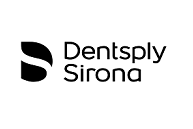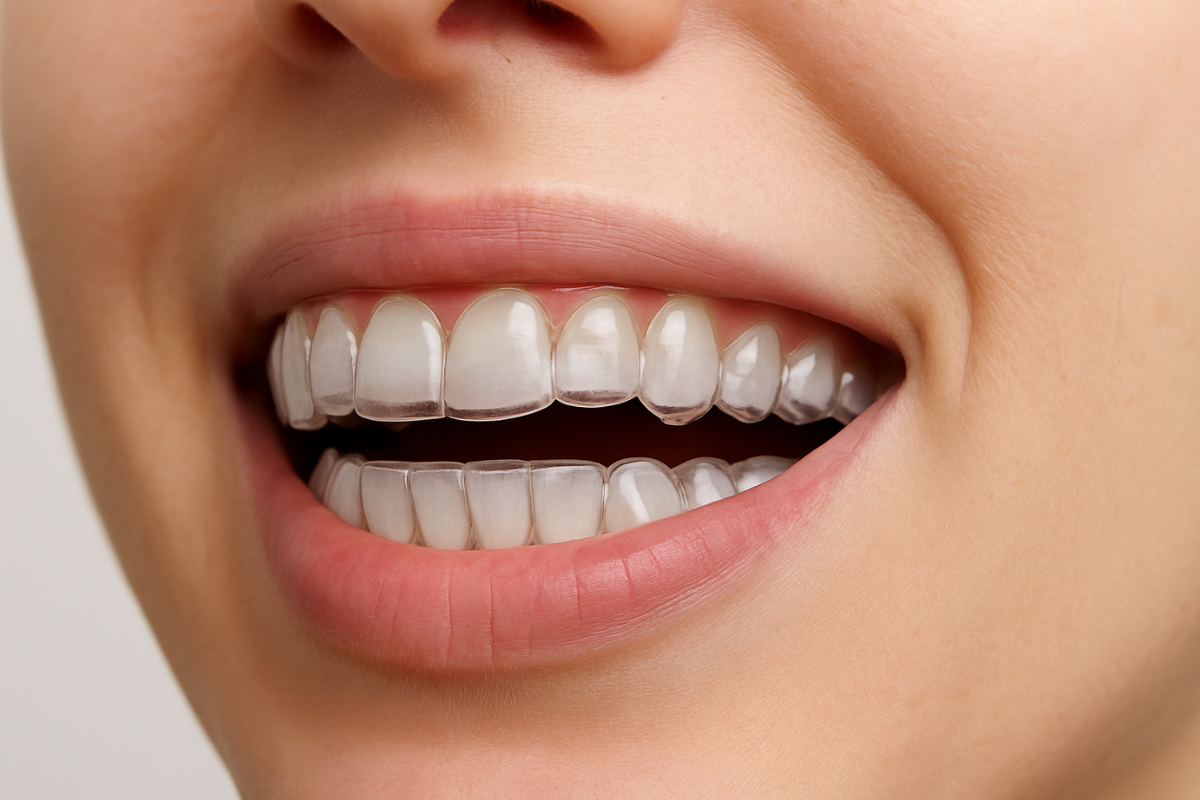News From The House
Your go-to guide to all things happening at The House of Smile Design – from personal smile design stories to dental advice, trends and common questions answered by our experts.

How does Digital Smile Design enhance Cosmetic Dentistry?
| Published Date: | 26 March 2025 |
| Category: | Smile Design |
Every smile is unique. To get a natural, harmonious look, you need more than straight teeth. Traditional cosmetic dentistry used manual techniques, so results were often unpredictable. Digital technology has changed this process. Now, smile enhancements are more accurate and personalised.
Digital Smile Design (DSD) uses high-resolution images, facial analysis, and computer-assisted design to help dentists plan treatments. Patients can see their new smile before starting any procedure. This helps ensure the results match their expectations. This article explores the process, benefits, and applications of DSD in cosmetic dentistry.
What is digital smile design?
Digital Smile Design (DSD) is a modern way to enhance smiles in cosmetic dentistry. It uses digital tools to analyse, plan, and simulate smile changes. It helps dentists and patients see possible results before starting treatment.
DSD uses a wider approach than traditional methods. It relies on physical impressions, facial aesthetics, lip movement, and tooth proportions. This ensures the result improves appearance, not just individual teeth.
DSD uses high-resolution images, video analysis, and smart software to create a personalised treatment plan. This digital preview lets patients view their future smile before any procedures. This helps them make better choices and get more predictable results.
The process of digital smile design
Digital smile design starts by taking clear images and videos of the face. This helps to see how the smile moves and ensures the planned evaluation leads to a smile that matches facial harmony.
Next, digital impressions and 3D scans take the place of traditional moulds. They offer a clearer picture of tooth structure and alignment. This lets you design custom restorations, including veneers and crowns. They fit well and keep your bite steady.
A virtual smile simulation then maps out the ideal tooth shape and size. Patients can see and adjust their new smile before treatment starts. This helps to ensure the final result matches what they expect.
A temporary “trial smile” is then created for a final review. After approval, the treatment uses guided techniques and CAD/CAM technology. This ensures precise results and requires minimal adjustments.
Benefits of digital smile design
Traditional cosmetic treatments can sometimes yield inconsistent results. They also make it hard to achieve consistency. Digital tools create a more controlled process. This cuts down on the need for repeated adjustments.
Here are some benefits of digital smile design treatment.
1. More accurate treatment planning.
Advanced imaging and AI-assisted tools help design smiles with better accuracy. This ensures restorations fit seamlessly and align with facial proportions.
2. Improved bite function and bcomfort.
DSD evaluates the bite to prevent discomfort and misalignment. This reduces issues like uneven wear, jaw strain, and long-term complications.
3. A faster and more efficient workflow
Digital workflows streamline the process, reducing treatment time. Designers and fabricators make custom restorations, such as veneers and aligners, faster.
4. Personalised smile design
Experts tailor every smile based on facial symmetry and patient preferences. This ensures a result that is both natural and pleasing to the eye.
5. Results featuring minimal invasiveness and predictability.
Digital planning minimises the need for excessive tooth modification. The ability to preview results reduces post-treatment adjustments.
Applications of DSD in cosmetic dentistry
Digital smile design boosts smile makeovers. It ensures veneers, bonding, and whitening treatments match facial features. Patients can preview their results, making the process more predictable and personalised.
For orthodontics, DSD customises aligners and braces. This ensures precise tooth movement and improves bite alignment. This reduces discomfort and improves long-term dental stability.
In the case of dental implants, digital planning ensures accurate placement for better aesthetics and function. It also aids in gum contouring by providing precise reshaping guidelines.
AI-assisted planning improves full-mouth rehabilitation. It combines implants, crowns, and orthodontics. This approach effectively restores function and appearance.
Wrapping it up
Digital smile design has changed cosmetic dentistry. It makes treatments more accurate, personal, and predictable. With advanced planning and real-time previews, patients gain confidence in their results.
For a tailored smile makeover, head to House of Smile Design in Echuca. Discover what the latest in digital dentistry can do for you.
Similar Articles
Affiliates











Follow @thehouseofsmiledesign


Aesthetic Function Structure Biology


Copyright 2025 HoSD | All rights reserved


